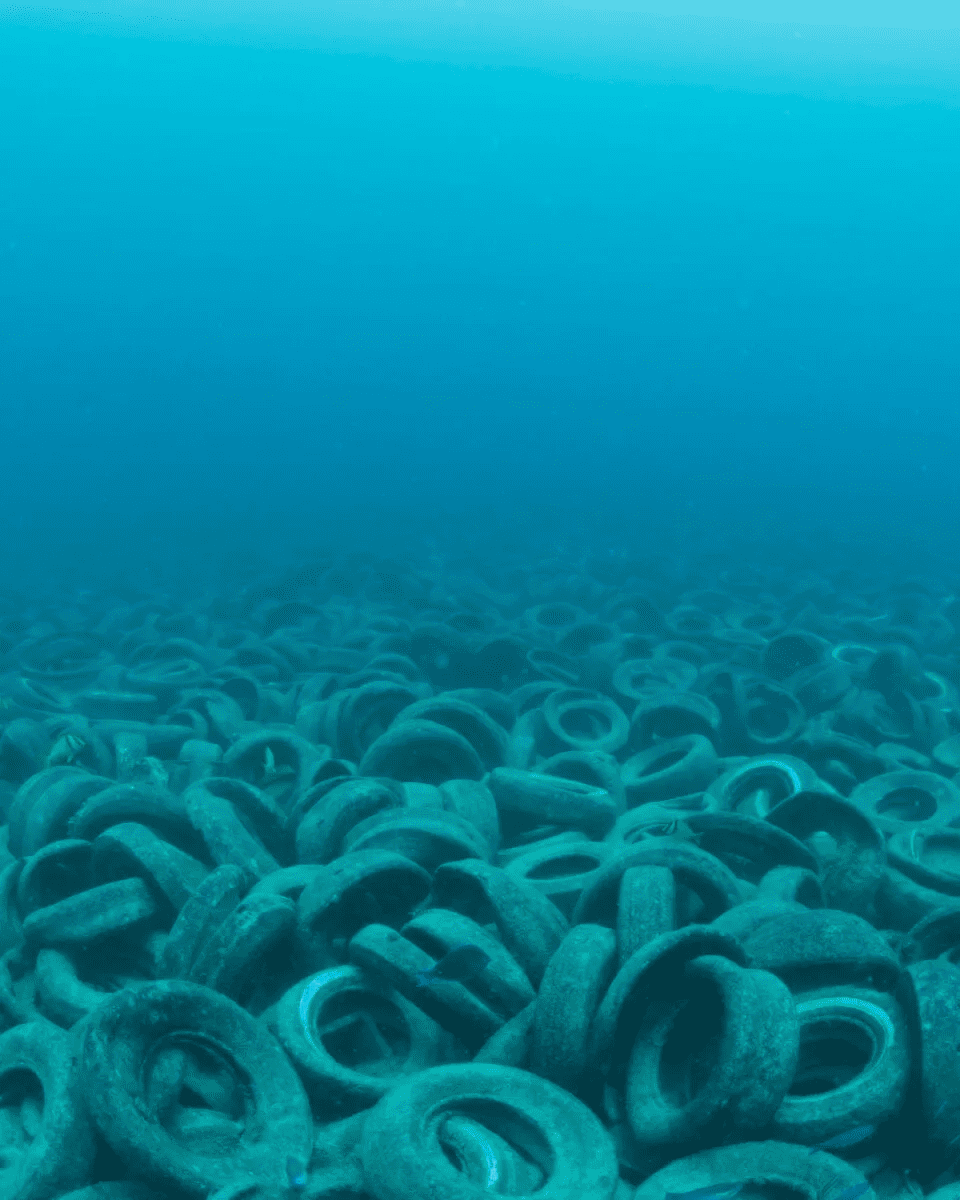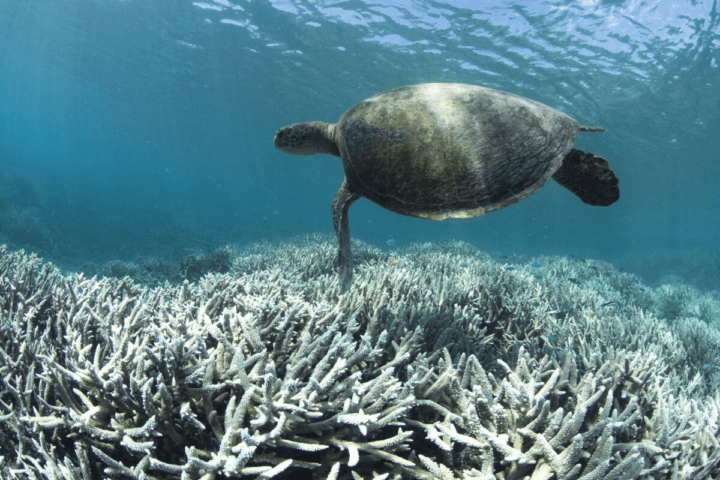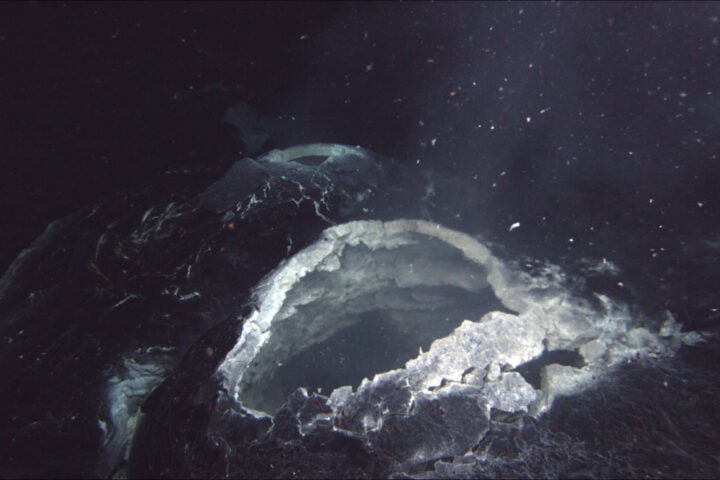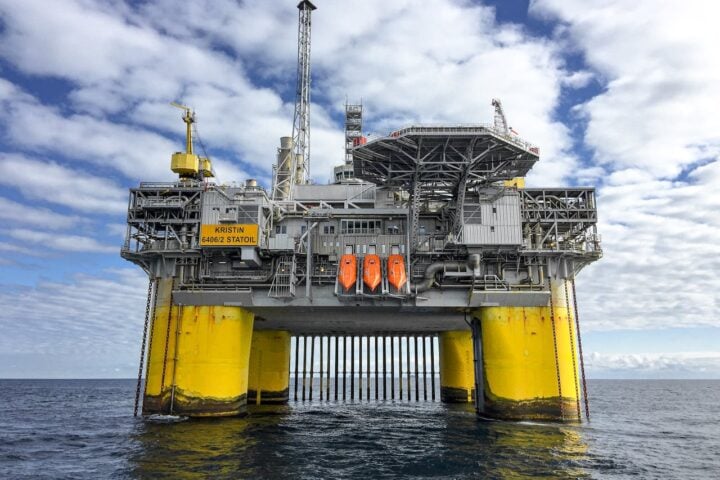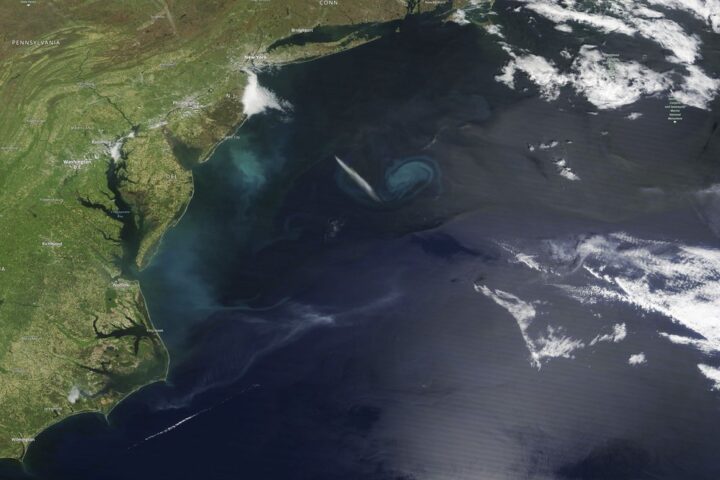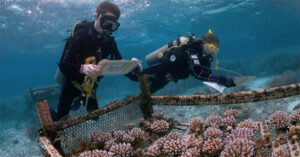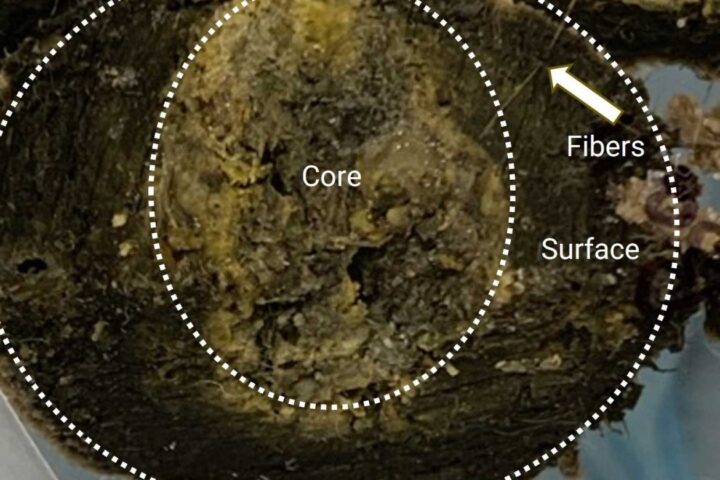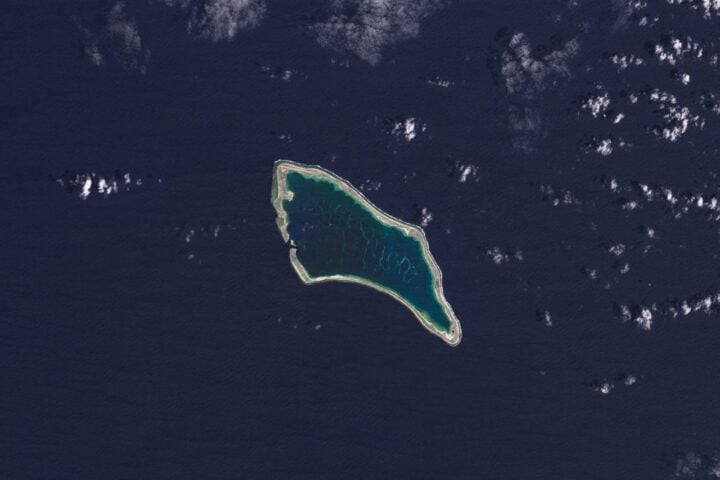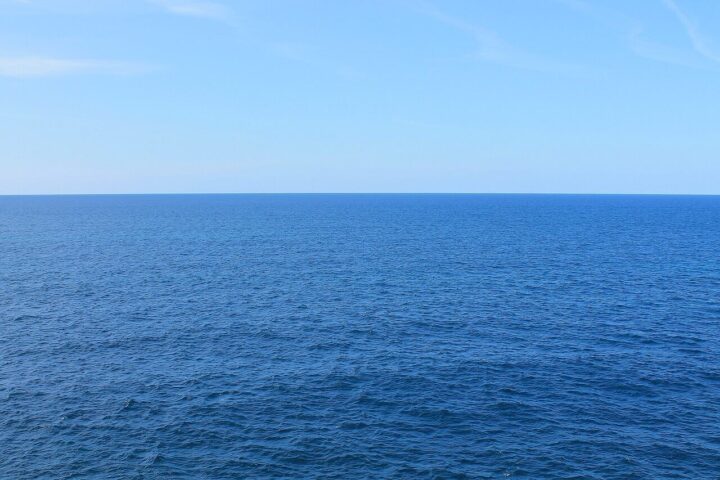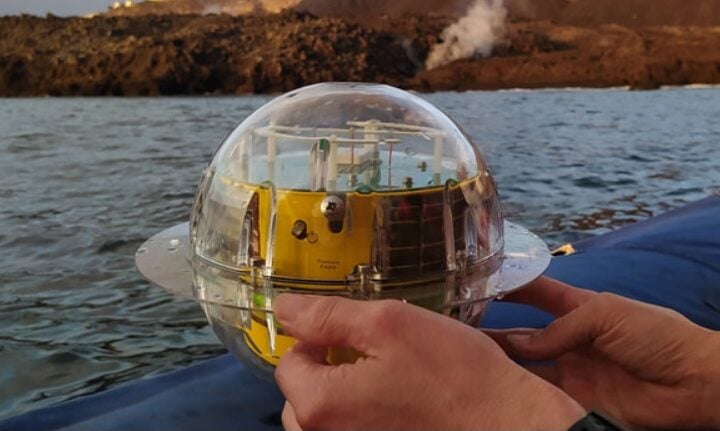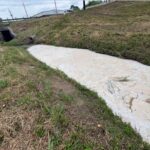The Osborne Reef is an artificial reef project located off the coast of Fort Lauderdale, Florida. It was created in the 1970s by a local nonprofit organization with the intention of imitating the benefits of coral reefs for the environment. The project aimed to protect coastlines from erosion and storms, enhance the reef’s capacity to provide food and medicine, and increase recreational value. The idea was to use discarded tires as the main building material for the reef.
U.S. Army Corps of Engineers has approved the project, and the dumping operation was supervised by a U.S. Navy minesweeper named USS Thrush. Goodyear, a tire manufacturer, played a crucial role by providing many of the tires. They even christened the reef by dropping a gold-plated tire into the ocean from the Goodyear Blimp.
To create a stable reef structure, the tires were bound together using steel clips and nylon ropes. However, over time, these bindings started to deteriorate due to corrosion, causing the tires to come loose. The movement of the tires damaged real coral reefs nearby and rendered the artificial reef useless as a habitat for marine life.
The failure of the project was exacerbated by strong coastal winds, which caused the tires to collide with each other and scatter beyond the boundaries of the reef. This led to the littering of beaches and further damage to the reef. Attempts in Malaysia and Indonesia to create artificial reefs using tires have failed.
Similar Post
Several organizations and individuals have been involved in cleanup efforts to remedy the Osborne Reef disaster. Dr. Robin Sherman from Nova Southeastern University’s Hamos College of Natural Sciences and Oceanography, secured a grant from the National Oceanic and Atmospheric Administration (NOAA) in 2001 to facilitate the cleanup of the reef. She was able to remove over 1,600 tires from the site and received recognition for her environmental remediation efforts.
The Florida Department of Environmental Protection and Broward County have also been collaborating on cleanup efforts. The U.S. military, through its Innovative Readiness Training Program, contributed to the cleanup by involving military personnel in the operation as part of their training. The military’s intervention, known as DiveExEast07, lasted from 2007 to 2009 and resulted in the recovery of over 73,000 tires.
Another significant cleanup effort was carried out by the Industrial Divers Association (IDA) from 2016 to 2019. They successfully removed over 250,000 tires from the reef. In recent years, the company 4ocean has taken on the mission of cleaning up the Osborne Reef. They sell jewelry made from the recovered tires to fund their cleanup efforts. Despite these collective endeavors, there are still over 500,000 tires remaining at the bottom of the ocean as of 2022.
More recent cleanup of the Osborne Reef by 4ocean serves as a model for future efforts to address failed artificial reefs worldwide. The company follows a sustainable, circular model by selling products made from salvaged debris to fund further cleanup operations. They aim to partner with organizations that can recycle the tires on a large scale and use the material to create new products, contributing to the resolution of the ocean plastic crisis.
Florida Governor Ron DeSantis has taken action to address the environmental mistake of Osborne Reef, a tire dump located off the coast of Fort Lauderdale. The reef, created decades ago by dumping millions of tires tied together, has caused damage to marine habitat and nearby corals due to storms and natural forces. A bill, HB 641, has been passed to initiate a comprehensive cleanup plan for the reef.
The Department of Environmental Protection (DEP) will assess the remaining structure, report on restoration progress, the number of retrieved tires, and the estimated timeline for completion. Previous tire retrieval attempts have been limited and costly. The DEP will develop a restoration plan by July 2024, including in-water assessments at a cost of around $500,000. The cleanup project aims to rectify the ecological impact and prioritize waste reduction and sustainability.
